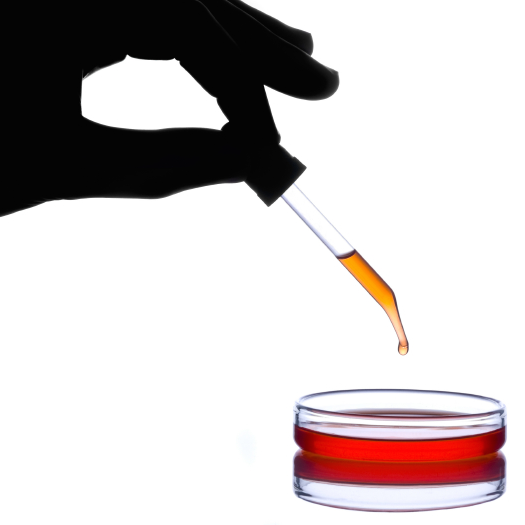With all the customer and partner conversations I’ve had over the past few months, it’s always good to sit back and document your vision and work to clarify it over time. In that sense, here is my vision of how IoT is a Journey to a Dynamic Ecosystem:

All the IoT related discussions I’ve had starts off with one or more types of Things.
Stage 1 is always connecting that Thing to the Internet (link level initially and eventually data communication level) and then collecting data from that Thing. I’m actually a bit amazed at how many customers, in early stage projects, have no vision of what’s beyond that! They are usually focused on just the operational data that can be captured from the thing and collecting it into a big data repository of some sort. Yet so many don’t focus on the operational aspects of all these things out there…how to efficiently scale their connection to your solution, keep them all organized, and track their state within a lifecycle. Some ignore this need all together while others try to build this operational capability (taking time away from adding true value).
Stage 2 is the logical extension of Stage 1, I have all this operational data…let’s analyze and optimize! This is where a data scientist may be employed to analyze all the collected data to understand trends. If we’re talking about Industrial Internet of Things then they are looking to predict when a Thing may fail and/or optimize it’s run time state. Even for the Internet of Other Things, there is still a need to understand the state of a thing to optimize it’s usage (like turning off the Thing when outside it’s hours of usage). Being able to allow certain people or systems to send commands to a Thing over a control plane is key in order to mitigate a failure or negative consequence of a failure. And integrating with other operational data sources in real time to broaden the operational view.
Stage 3 is where most of the more advanced customer’s I’ve talked to have their visions initially set. They know they need to expose and share the data and access to their Things with others. And this is where the excitement builds for them as this is where new revenue generation models get defined…and redefined. This is also where I start to shake my head at a few “IoT Platforms” that have come along recently that claim to help solve the monetization problem of IoT.
Monetization is the secret sauce that you need to create for your IoT Solution.
Someone else can’t do this for you. The true root of the monetization challenge is being able to support dynamic ecosystem security, a method of controlling access across the entire ecosystem of people, things, and systems in a fashion where you can programmatically change the access levels. Without that that type of security model you can’t control which different groups of users have access to different aspects of a Thing and charge for the increased value that is provided.
Stage 4 is the constantly evolving stage (not calling it an end state as this journey doesn’t end) that true visionary companies and projects seem to have, one that involves sharing of their data and Thing access across multiple 3rd parties and combining it in real time with multiple 3rd party data sources. The number of different users and groups who need access to the control plane as well as the number of data sources hooked together on the data integration plane is complex and evolves with the demands of the business.
This is my view of how IoT is a Journey…where do you agree or disagree?
(and yes, there is a platform out there that allows you to build IoT Solutions to meet every stage of this journey…but that’s another post…)
